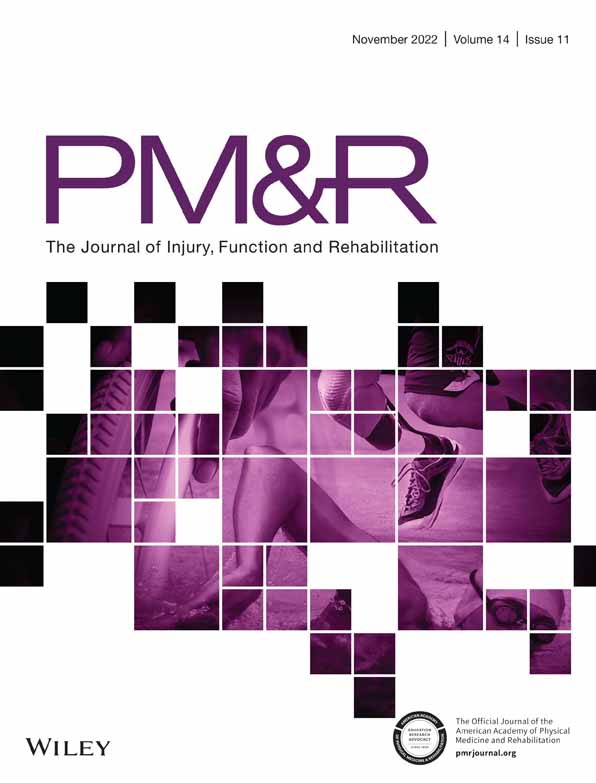Association of nonpharmacologic chronic pain management with function in a low-income population: Evidence from a survey of a sample of Latinos from five states
Funding information: Patient-Centered Outcomes Research Institute
Abstract
Background
Low-income minority populations often confront barriers to professional nonpharmacologic management of chronic pain and, without this care, may have poorer daily function.
Objective
To examine the association of professional nonpharmacologic chronic pain management in the past year categorized as physical interventions or mind-body interventions with current functional status.
Design
Online, population-based survey.
Setting
Community-dwelling Latinos from five southwestern states (California, Texas, Arizona, Nevada, and New Mexico).
Participants
The survey was offered to all Latino online panel members aged 35 to 75 years in 5 states (N = 1007). With weights, this sample represented 11,016,135 persons. Of 516 respondents (51%), 486 (94%) had valid surveys and, of these, 102 members (21%) had chronic noncancer pain. With weights, they represented 1,140,170 persons with chronic pain.
Interventions
Not applicable.
Main outcome measures
Daily impairment in mobility and in activities of daily living (ADLs).
Results
Of the weighted sample, 37.2% reported daily impairment in mobility and 29.4% in ADLs. Professional physical interventions for chronic pain were received by 41.2% and mind-body interventions received by 33.4% but usually with physical interventions. Adjusted odds ratios (AOR) of daily mobility impairment for respondents who used physical interventions with mind-body interventions or alone were both less than 0.10 (p < .01) versus none. Only professional physical intervention was associated with decreased odds for daily impairment in ADLs (AOR = 0.07; 95% confidence interval = 0.01 to 0.94; p = .045).
Conclusions
In a weighted sample of Latinos with chronic pain, professional physical interventions reduced the likelihood of daily impairment in mobility and ADLs.
Open Research
DATA AVAILABILITY STATEMENT
The datasets analyzed during the current study are available from the authors upon reasonable request.




